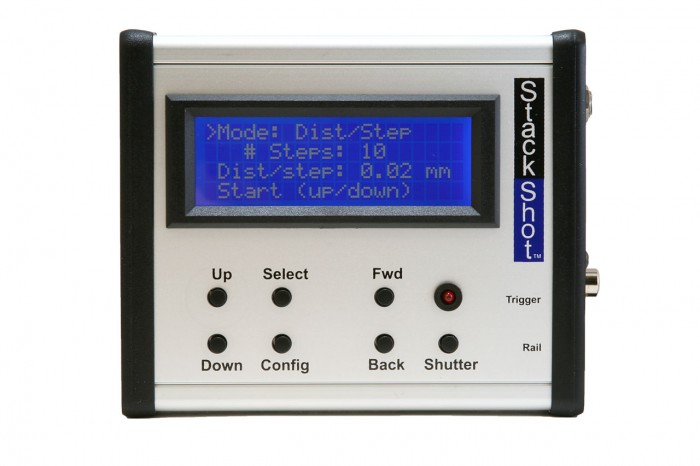Thoughts about camera focus bracketing
I am a photographer.
I started taking pictures seriously when I was in 7th grade. In college, I switched my attention to the view camera, an Omega 45F which used sheets of film four inches by five inches in size.
I like to photograph people, but people move around a lot. This makes it difficult to focus precisely, especially using a view camera, since there is a lag from when you focus to when you can take the picture, since the film has to be inserted a sheet at a time, which takes a few seconds. As a result, it’s safer to use a small lens aperture, which increases the depth of field. But a small aperture requires more light, which requires larger flash equipment which costs more money. A small aperture also makes more parts of the picture sharp, not just the main subject. But with photographs of people, it’s often an advantage for the background to be out of focus, to direct the eye of the viewer towards the person.
As a result, for the best effect, it’s ideal to not use a small aperture to assure the person is in focus. But it’s really difficult to focus accurately at a large aperture. The famed late photographer Richard Avedon for many years did the cover shots for Vogue Magazine. He used a view camera that held sheets of film eight by ten inches in size. These cameras have a very shallow depth of field, and precise focusing is called for. His focusing was so precise that the tip of the nose and the ears of the model would be out of focus. Not enough to be objectionable, but enough to enhance.
I now shoot with a modern digital SLR camera, the Canon 5D Mark II. This is the best camera I have ever used. It shoots stills and video. Most of the shots and videos on this blog were taken with this camera.
What I wish is that Canon would update the firmware of the 5D Mark II so that when I press the shutter, the camera takes 3 or 5 pictures in quick succession, adjusting the lens focus automatically between exposures, starting with what the camera’s best guess is for the best focus. Then I would have the camera take 1 or 2 shots on either side of the camera’s best guess. Ideally, the degree of focus shift should be adjustable by the photographer, depending on the situation. When taking portraits with a telephoto lens wide open, perhaps a 3% and 6% shift fore and aft of the camera’s best guess would make it more likely one of the 5 shots would be perfectly sharp. When this camera is focussed perfectly, you can make 20 x 30″ enlargements that just shine.
Since Canon has not offered this feature, to my knowledge, I manually bracket my shots by hand, in manual focus mode. This is tedious, and not really that repeatable, as while I try to rotate the focus knob perhaps a milimeter between shots, who knows how well I do this from picture to picture. But even with the uncertainty of bracketing focus by hand, the results are worth the trouble. I can now confidently fully blur the background but have a tack sharp subject. This has improved the quality of my photographs of people dramatically.
Modern DSLR lenses contain swift motors, and modern DSLR cameras contain swift shutter cocking mechanisms. Combined, I am confident a camera could shoot a 5 frame focus bracket set in under 1 second. Yes, the subject may move or blink during this flurry of exposures. But the rewards of getting really tack sharp pictures shot wide open are worth the occasional missed frame. I find I often shoot over 1,000 shots per session due to my manual focus bracketing, and even then I can’t fill up my 32 gigabyte memory card once.
The incentive for camera manufacturers is selling more cameras, since if every shot takes 5 shutter releases, cameras will wear out sooner and need to be replaced. I believe Olympus already offers focus bracketing on a consumer level camera . But, to my knowledge, no camera on the quality level of the Canon 5D Mark II from any manufacturer offers the feature I propose here. I hope this feature becomes available on all autofocus cameras.
There exist products to do focus bracketing for macro photography, including software that will combine many photographs into one super sharp photo that would not be possible to take in one exposure. Here are two links to such products: Stack Shot electronically controlled focus rail, Helicon Focus imaging combining software. These products don’t appear to address my wants for wide aperture people photographs, but while doing research for this blog post I discovered these technologies and I think they are very important for macro photographers, so I am linking to them here. Here is a picture of the control panel for the Stack Shot electronic focus rail system linked to above.

